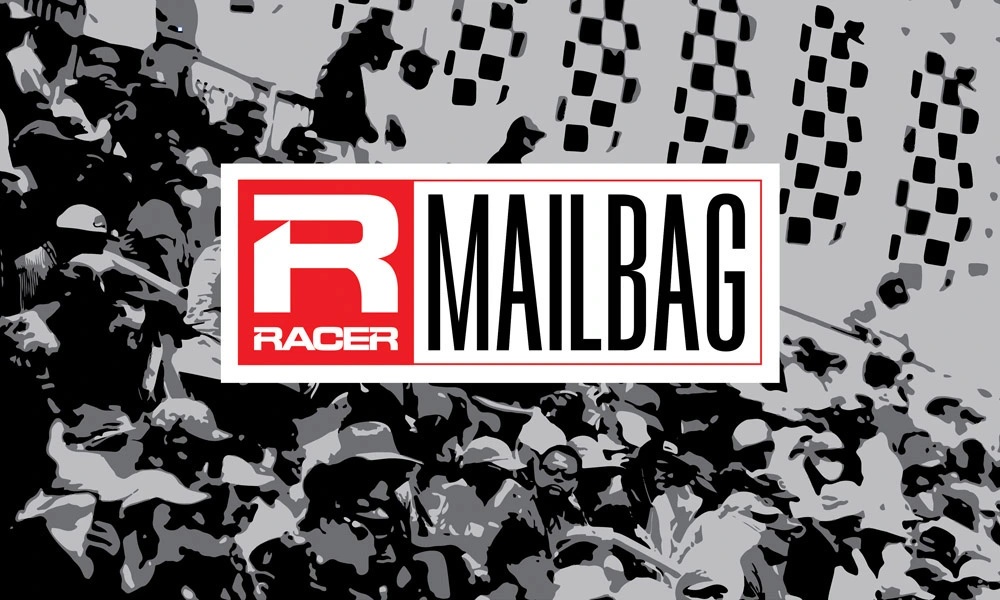Q: I’ll preface my comments by first thanking Penske for picking up the reins and becoming a stabilizing leader in the stewardship of IndyCar at a time when so many question marks existed. Under his management, the series continues to offer the best, most diversified, and most entertaining racing on the planet. Still, it’s a series that most people aren’t aware of, are passive to, or don’t care that it exists.
In spite of my appreciation of Penske in the short term, I cannot tell you how increasingly disappointed I have become with the overall management of IndyCar. Yes, the racing is really enjoyable, and has been for several years. But where is any sign of those game-changing “needle-movers” that we all thought were imminent with his takeover? Granted, there are some valid reasons for the embarrassing punchlines of the third engine manufacturer, the new chassis and the hybrid engine. Still, one would have thought we would at least have a handle (or timeline or plan) on one or more of those, especially with Mr. Penske’s business and racing acumen. Tough issues, granted. So let’s give him mulligans on those, even if arguably not so warranted.
Where my biggest disappointment remains and one that is more controllable is in the lack of marketing and promotion and innovation of the series itself. Someone needs to inform Penske Entertainment that they are indeed in competition with other racing series, primarily F1 and NASCAR, but others too. I guarantee low single-digit percentage growth (at times) is not a long-term needle-mover for the series. We have the same 17-race schedule at 14 venues with significant gaps between races and nothing new on the horizon (unless you count Miles’s pet project, non-points, who cares Argentina joke year after year.) Those weekend gaps? Out of sight, out of mind, while F1 and NASCAR keep racing.
But it goes way beyond just the schedule. IndyCar is, was and always has been the worst marketer for decades in promoting its highly entertaining product, and still is under Penske. No change.
I was actually intrigued by the RACER article reporting on NASCAR’s “let’s try some stuff” era to see what works and what fans might like. At least they (and F1) are trying some new things. Can’t imagine IndyCar doing anything outside of the box. Not when they can make a single-day visit to the old Milwaukee Fairgrounds track and consider it (well, maybe) for a venue a few years down the road. Milwaukee and its history would be welcomed, but a needle-mover? Much more needed.
So after my rant, here’s my question. Can you please tell us if you are aware of any new plans or innovative ideas forthcoming that would help put IndyCar back to some degree of relevance again? If not, I guess we’ll have to learn to live with those newly-painted restrooms at IMS.
Jim, Indy
MP: Well, we have the Nashville GP, which came together during Penske’s first year of series ownership, and we’ve had Penske work with co-promoters to bring Iowa back and Penske moved his Detroit race from Belle Ilse back to downtown, so it wouldn’t be fair or accurate to say they’ve done nothing big.
But, of the three, only Nashville is truly new to the market. I’m not aware of a game-changing domestic event in the works that will draw a huge new crowd like Miami F1 or Chicago Cup.

Q: I was encouraged to read that the new investment into Andretti Global will allow the IndyCar team to fund four paid drivers next year. I have felt for a long time that hiring ride-buyers somewhat diluted the series.
Why are not all or the majority of the drivers paid, instead of half having to bring money to pay for their ride? For example, Scott Dixon has had PNC Bank on his car for many years. Is PNC paying his salary, or is Ganassi? Also, I’m guessing that Miller’s Mt. Rushmore of Foyt, Andretti, Gurney and Parnelli didn’t have to bring money to drive in IndyCar, USAC, F1, Trans Am, Can Am, or endurance racing. What was the big change in IndyCar that led to ride-buying? Was it the split then the loss of tobacco, beer, and sponsors like Kmart that left the teams without enough money to pay drivers? Here’s to hoping other teams can make the financial jump and do what Andretti Autosport did.
Rick Schneider, Charlotte
MP: The why is simple: A number of IndyCar teams are owned by folks who make a living by selling the commodity of being an IndyCar driver to those who can afford it and meet the series’ requirements to receive a license. That’s how they make money and most of them do not own teams that are good enough to attract sponsorship, or those teams lack the people or skills to go out and sign major sponsors.
That Mt. Rushmore came into the sport before pay drivers were much of a thing, but who knows if they’d all get hired as rookies in today’s market? Not when reigning Indy Lights champion Linus Lundqvist is rideless because he couldn’t pay for any of the available seats and held no value to them without the ability to bring $6 million or more.
The arrival of what we consider pay drivers in IndyCar took off at the end of the 1970s and in the early 1980s, and has never stopped. The advent of making and selling off-the-shelf customer cars that anyone could buy from Lola and March, and others afterwards, took the routine into overdrive.
